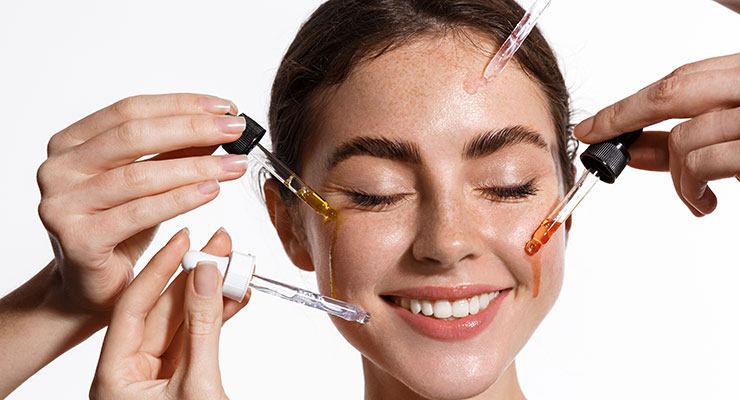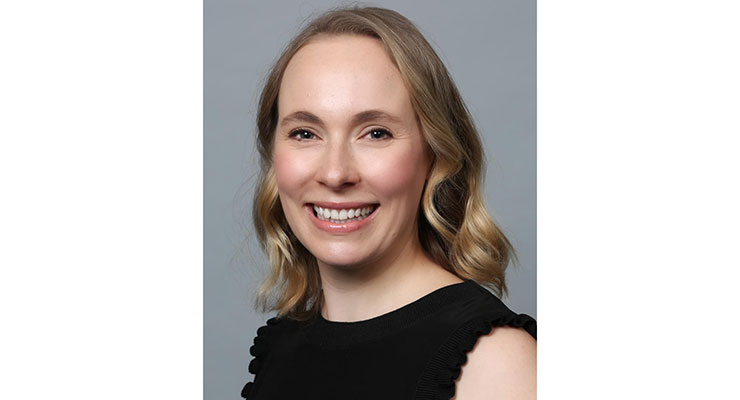Anna Mayo, VP of the Beauty & Personal Care Vertical at NielsenIQ11.29.23
While we all love the thrill of trying and discovering new beauty products, innovation is more than just fun and games. Innovation is crucial to brand success; with a constantly evolving marketplace, beauty brands especially need to differentiate themselves to stand out in a busy industry.
According to the NIQ BASES report, “Building a Modern Innovation Ecosystem,” 60% of top innovators strongly emphasize innovation as a critical corporate priority. With the constant evolution of shoppers’ wants and needs, it’s more important than ever for brands to innovate, not only on behalf of consumers, but also to stay relevant in the beauty space.
Our research in the BASES report, “Innovating Out of Crisis Thought Leadership” finds that over the past three years, new innovations had a 19% decline in the beauty and personal care space.
Those who continued to innovate over this time were rewarded with outsized gains, and were 2.9 times more likely to grow sales than those who pulled back. In the face of change, evolution endures, and companies who prioritize innovation seem to be leading the pack.
Related VIDEO: Anna Mayo Talks about Why Indie Brands are Gaining an Edge
Here are the top 4 innovation trends NIQ is seeing—focus on these & your brand will stay relevant.
1. Keep It Clean & Sustainable
In the beauty industry, clean and sustainable attributes are experiencing greater growth than the overall category, despite rising prices. Consumers are seeking out brands that are “free from,” cruelty-free, vegan, plant-based, reusable/refillable packaging, low-carbon products, and more.The clean and sustainable trend is enduring and likely to continue for a long time. To stay ahead of this trend, brands should regularly evaluate their product packaging and formulations, as well as how they communicate their sustainability initiatives and clean credentials to consumers.
2. Utilize Trusted Representation
Having a reliable face in association with your brand can go a long way with consumers. Utilizing trusted representatives such as celebrities, healthcare professionals and influencers can give shoppers a certain sense of confidence in the product.Celebrities and influencers—especially those with a large following on social media platforms—are also effective representatives, as they have built a relationship with their followers, who then trust their opinions and recommendations while also giving the brand a wider reach and creating a sense of prestige. Healthcare professionals are often trusted by consumers for their expertise and credibility, giving shoppers the assurance that the product is reliable and effective.
3. Prioritize Personalization & Inclusivity
The personalization and inclusivity trend has taken on a new lens, focusing more on taboo topics and specific consumer needs. We have seen brands embrace and expand on products like menopause, aging, mens cosmetics, acne acceptance, and more. Personalization and inclusivity are targeting the user, not the mass market. These new products also bring a sense of openness and comfort to them, giving consumers the feeling that their individual needs are being taken care of.In addition, more consumers want to know exactly what ingredients are in their products and what benefits they provide, leading to an increase in tailored products based on the shoppers’ specific needs.
4. Focus on Ingredients
There has been a significant shift in the beauty industry as consumers are now looking for products that cater to their specific wants and needs. Instead of just looking for a product that claims to be suitable for their skin type, hair type, etc., consumers are now becoming more educated about the specific ingredients that can help target their concerns.With consumers becoming more aware of their individual needs, they understand that there is no one-size-fits-all solution and that different ingredients can help address different desired outcomes.
The beauty industry is becoming increasingly competitive, with new brands and products constantly emerging. In addition, consumers’ expectations and preferences are also rapidly evolving. As a result, it’s no longer enough for beauty brands to rely on their existing products and strategies; they must evolve to keep up with consumer demand and stay relevant in the market.
Ultimately, brands that innovate are more likely to succeed in the long run, and those who don’t, risk losing market share to more dynamic competitors. Now more than ever, it’s important for beauty brands to innovate to stay relevant in an ever-changing consumer landscape.















